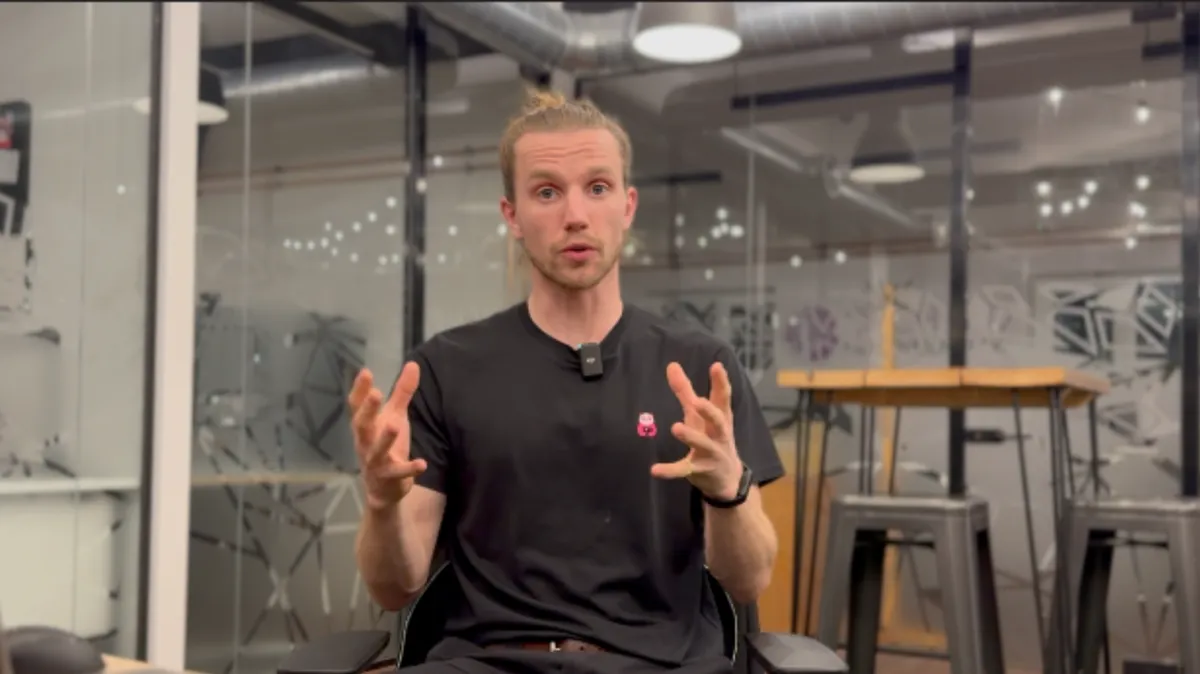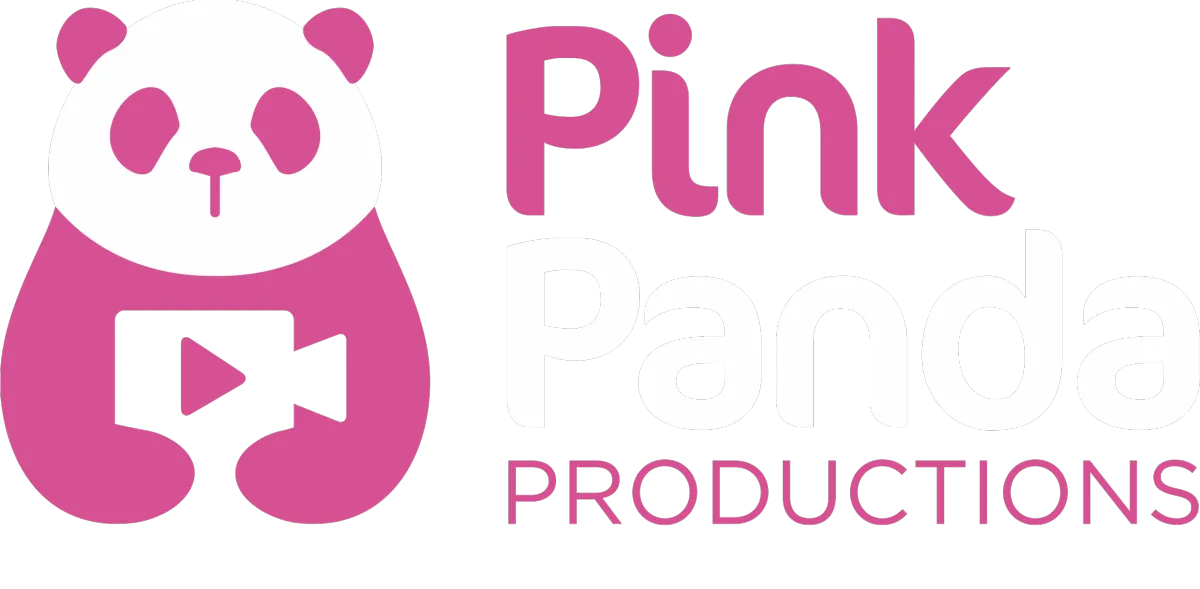
"I Don't Know What Content to Create for My Business" — Here's 3 Critical Types
"I Don't Know What Content to Create for My Business" — Here's 3 Critical Types
The key is to focus on content that educates, transforms, and connects with your audience. That way, you position yourself as their expert & guide them to you. Here are three critical types of content you can create to help grow your business online.
1. Address Pains and Educate Your Audience
One of the most effective ways to create valuable content is to address the common problems or "pains" that your audience faces. By educating them on how to overcome these issues, you position yourself as an expert in your field. Here's how you can do it:
Identify Pain Points: Think about the problems your product or service solves. What are the most common challenges your clients face? Create content that speaks directly to these issues.
Educate and Offer Solutions: Write articles, make videos, or create infographics that provide practical solutions to these problems. Offer tips, guides, or step-by-step instructions. This will not only help your audience but also position you as a helpful resource they can rely on.
2. Transformations: Share Success Stories
Nothing resonates more with people than real-life stories, it’s what elicits the strongest emotions & forms bonds. Sharing the transformations your clients have experienced because of your business is a powerful way to demonstrate your value. Consider these approaches:
Client Success Stories: Find stories of your favourite clients or the biggest impact you've had. Describe their initial issue, how you solved it, and the positive results they achieved. This is an excellent way to showcase your expertise and build credibility.
Use Case Studies: Develop detailed case studies that outline the process of transformation. Highlight specific results and include testimonials from satisfied clients. This content can serve as compelling evidence for potential customers.
3. Tell Your Story: How You Got There
Your journey to becoming an expert in your field is unique, and sharing that story helps build trust with your audience. This type of content is ideal for creating a personal connection. Here's how to approach it:
Your Career Path: Talk about the skills and knowledge you've acquired over your career. Pick them apart into individual stories, explain how you developed your expertise and the milestones you've reached. This provides context for why you are a reliable source of information.
Lessons Learned: Share the challenges you've faced and the lessons you've learned along the way. This humanises you and makes your audience more likely to connect with your experiences.
Visual Results: If your business has a visual aspect, showcase the results you've achieved through before-and-after images. This is especially useful for businesses in industries like fitness, beauty, or home improvement/trades.
Now that you know what content to create, let's discuss the best medium for delivering it:
Video Content: Video is incredibly powerful because it allows viewers to get to know you on a personal level. They can see your tone, body language, and emotions, which helps build a stronger rapport. Video content is ideal for sharing on platforms like YouTube, Instagram, or TikTok.
Written Content: If you're in a B2B industry, written content can be a great starting point. LinkedIn is an excellent platform for sharing professional posts and articles. You can also use written content to support your video content by providing additional details or creating transcripts for accessibility.
In summary, creating content that addresses pains, showcases transformations, and tells your story will help you build authority and connect with your audience. Whether you choose video or written content, the key is to be authentic, provide value, and share your expertise. By doing so, you'll position your business as the go-to solution for your target audience.
What does your vision mean to you? 💭
Where will it take you? 🚀
Come & tell us 🐼

